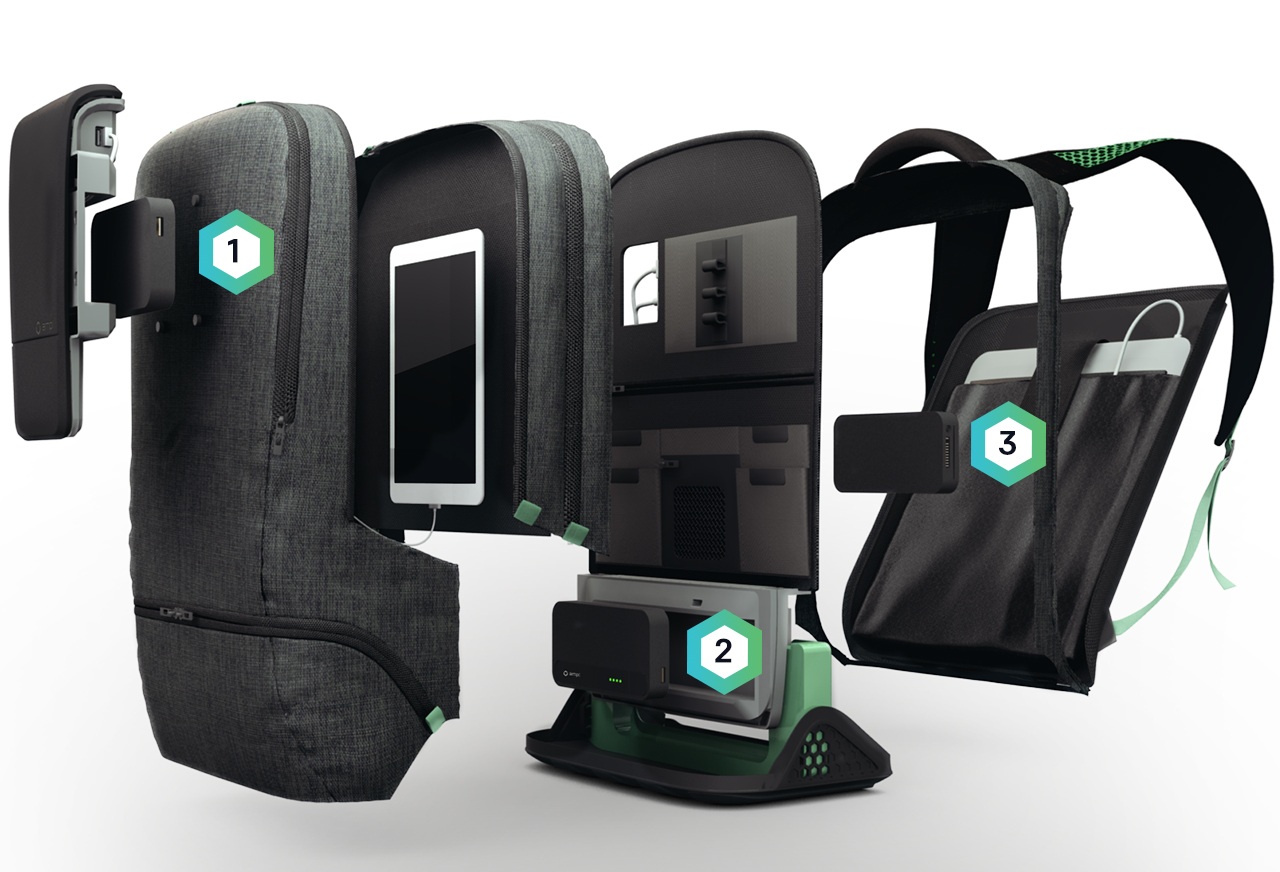| It's about time we replaced the old dial-up style of sheep. (Image courtesy marilynstevens.com.) |
According to The Atlantic, some scientists are seriously into the idea. Placing wi-fi sensors on animals like sheep or even reindeer could allow them to traverse rural areas (for reindeer, to venture further beyond where many humans are comfortable living) and spread the signal. In addition to helping the information superhighway get a few more on-ramps, it could allow farmers to monitor things like pollution, flooding, or even keep tabs on the flock themselves (e-shepherding!) This type of technological exploration could expand not only our knowledge of the natural world, but also expand all knowledge for the far-flung residents therein.
Thanks to the vastness but also relative modernity of Australia, experiments with such sensors are now being carried out there with sheep. The small sensors, which are embedded in ear tags and are light enough not to perturb the animal, can operate independently but can also help form mesh networks. This kind of rudimentary internet also serves to spread information (as the sensors "talk" to each other to recognize their presence and location) and can operate as a whole even if singular elements fail (because wild dogs often do some non-technological sensing of their own for a sheep-snack.)
Greg Cronin, an Australian professor of animal welfare, explained that such attacks on sensor-bearing sheep could improve the hardships of shepherding, theorizing, “If you could pick the right sensor that identified behaviors that changed when sheep were under attack, it could trigger an alarm for the farmer.” While the technology is still undergoing trials, Cronin was enthusiastic about its eventual results. “We know we can do it but we still have to do the hard work to prove it,” he said. According to the BBC, the idea has gained traction in rural Wales as well, including sensors that would be placed on inanimate set locations (such as rivers) to improve knowledge of overall farm conditions.
So, maybe your toaster isn't able to Tweet yet, and perhaps your pet piranha isn't getting far enough away to require a tracking device. But for this early inception of the Internet Of Things (well, Internet Of Creatures, at least), man and beast might be able to share information in harmony. Just don't give the sheep options to upload selfies every time they get a haircut.
 |
| "@BleatBox - Looking mad fly today. Hit me up on Tinder." (Image courtesy fr.pinterest.com.) |



